A curly lilac is an interesting decorative plant used by a person not only for the design of the garden-park zone or a household plot, but also in food. Edible delicious fruits of legume culture are valued for their feeding and utility.
It is noteworthy that the cluster lilac bush looks spectacularly at all stages of its development. Not only the delicate brushes of inflorescences look decoratively attractive, but also large heart-shaped leaves, as well as purple pods annually culture. How to put a curly lilac? What care should be provided by a liano similar culture? How does the plant breed? Detailed information is set out in this article.
Curly Lilac, Plant Features
- The curly lilac has several titles, it is often referred to as "Dolichos" (in the Latin name of the genus), "hyacinth beans" or "Egyptian beans" (according to the appearance of the fetus).
- This unusual plant belongs to the bean family and is a curly Lian, a well-brazed any support. Thanks to the decorative appearance of the curling lilac, the culture often use landscape designers when designing squares, gardens or household plots.
- The birthplace of this type of lilac is considered subtropics (tropics) of Asia and Africa.
- In culture are found both perennial and annual plants. In hot countries, the plant is cultivated as a long-term culture. In climate conditions with cold winters, it is possible to grow the curving lilac only as a spectacular annual.
- It is impossible to unequivocally assert what part of the curly lilac is the most decorative: fragrant long blooming tender flowers, large "shovels" leaves or exotic purple pods?!
- In many Asian countries, the curly lilac is known no longer as decorative, but as a vegetable culture.
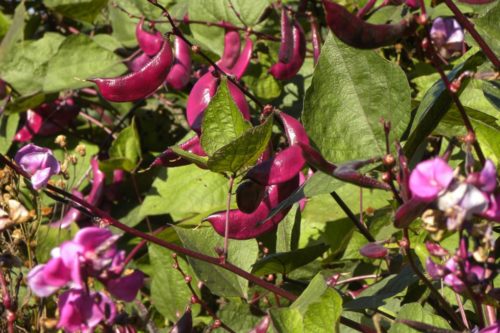
Curly Lilac, plant description
- The stalks of the plant are represented by grassy liana, reddish-purple shade. Liana curly lilac in length can reach up to 6-10 meters. It is noteworthy that the shoots of Dolichos are visiting only in the direction counterclockwise.
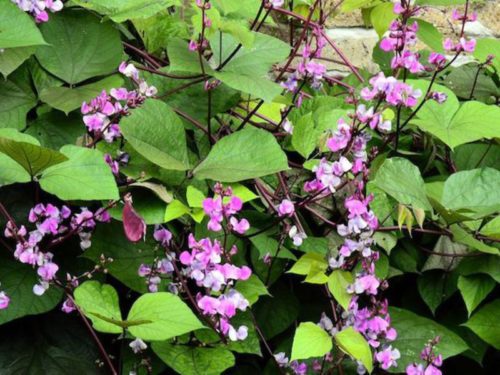
- Leaves of the curly lilac are located on the cutters, they are large size and beautiful heart-shaped. Sheet plate at the plant leathery and slightly rough on the touch. The leaves are painted into dark green, and the purple stripes are viewed along the central vein. It is especially elegant Liano like lilac in the fall, when her lower leaves begin to shut up, and juicy young foliage continues to bloom on the upper shoots. At the same time, the bush continues to bloom and, at the same time, fruit.
- Flowers of the curly lilac are collected in thick long brushes, the painting of which varies depending on the plant's variety and looks like the beans flowers. At the same time, the blooming lilac exudes a pleasant slim and gentle aroma. There are varieties of not only typical lilac lilac color of flowers, but also varieties with white, pink, red floral clouds. One such bunch is blooming from 1.5 to 3 weeks, each separately taken flower flashes and fades for 3-4 days. One brush contains about 40 flowers. In general, the flowering bush occurs alternately and lasts almost all summer A, often, (under favorable conditions) also the first half of autumn.
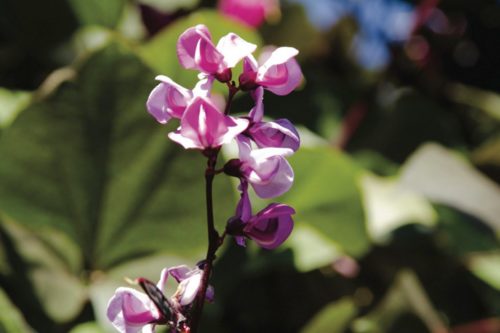
- Given the belonging of the curl lilac (hyacinth beans) to the family of legumes, the fruits in the culture are edible and presented typical, for beans, pod. Fruits have a beautiful saturated burgundy-purple color, a wide flexible shape and look very impressive, especially against the background of large green leaves. The average length of such a pod is about 5-6 cm.
- Bean seeds have nothing to do with the familiar beans. They can be different shades, from gently creamy to saturated black, with a thin white edging in a circle.

- The roots of the curly lilac branched, with nitrogen-forming nodules at the ends of the cord-shaped processes, which is an additional nitrogen source for soil, where the annual grows.
Varieties of curly lilac
There are many varieties of curl lilac, but not for each of them is a climate with cold snowy winter. In our country, the curly lilac is grown exclusively as an annual plant.
Lilac varieties differ from each other in coloring inflorescences, there are even hybrid forms that combine two shades in themselves.
Consider the most popular and hardy varieties of Dolichos (curly lilac).
Curly lilac "Rubin Moon"
- Annual drought-resistant plant, reaching in a height of about 4 meters.
- A bush has strong thickened shoots and beautiful major colors of red-purple colors.
- Leaves dark green with beautiful red tump.
- The variety has a pleasant unobtrusive aroma.
- Cut flowers for a long time retain a fresh look.
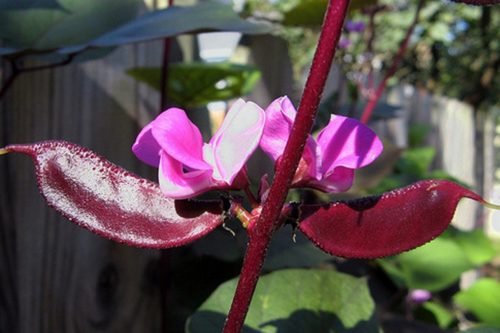
Curly Lilac "Lilac Cascade"
- The strongwheel (forms up to 30 shoots), densely derive variety, ideal for the soaring of the necessary supports (arches, arbors).
- The average size of an adult bush is about 5 meters in height and 50-60 cm in width.
- An annual flowers have a beautiful lilac shade.
- Unpretentious and resistant to moderate colds, a variety of curly lilacs, can be grown even in the ranked urban conditions (for example, on the balcony).
Curly lilac "Violet Garland"
- This annual culture, the length of Lian which reaches from 4 to 6 meters.
- Flowers of this variety are perfect for cutting, long retain freshness.
- Leaves large, heart-shaped, green with reddish streaks.
- Violet inflorescences, outwardly, resemble a beautiful garland, from which the grade and got its name.
- Fruits beans slightly curved shape, bright purple color.
Curly Lilac Sapphire
- A perennial plant grown in our climate as an annual.
- Stems (Lian herbians) are branched and dense fruitful, with large symmetric leaves of green.
- Flowers are collected in lush long inflorescences brush, painted in blue-blue shades.
- The variety is most often used as a decorative ampel culture. The cultivation of the curving lilac "Sapphire" from seeds is best to carry out a seed basis (describing technology to look in the section "Curving Lilac, the technology of growing seedlings").
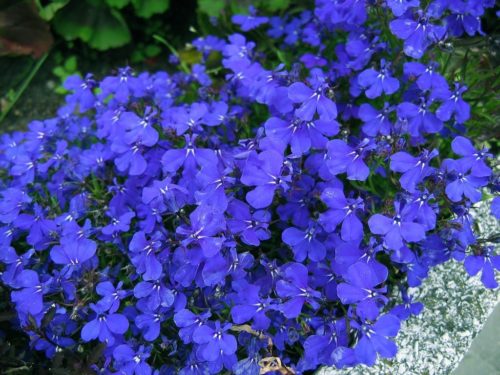
Several varieties of climbing lianas are often used to design a plot or household zone. The diverse shades of inflorescences are perfectly shaped each other and look spectacularly in almost any landscape zone.
Curly lilac, landing features
In order for the curly lilac for a long time, pleased with abundant blossom and well fruiting, it is important for it to ensure optimal favorable conditions for growing. To do this, it is originally necessary to choose the right place to land the annual, taking into account its basic preferences.
- "The tropic leaving", the curly lilac needs good lighting. Dolichos, landed in the shade, will demonstrate the slowdown pace of development and scarce flowering. The plant is absolutely "not afraid of" hot drunken weather, rather, on the contrary, this climate will be favorable.
- The thermal-loving annual will be able to develop as much as possible only in a well-heard sunny place, without drafts and gusty winds.
- The soil on the plot where the Dolichos is planned to be planted, should be loose, light and moderately fertile. Before boarding, the plot is prepared in advance: they are drunk, fertilizers contribute and roll up with robbles. The main condition so that the ground is not acidic. The best option is soil with a neutral medium reaction.
- Beautiful, elegant liana, curly lilac - absolutely not demanding plant. The culture grows perfectly both in lowland and on the hills, both in well-moisturized and in dry places.
- Given that the curly lilac, like Liane, needs to be supported, follows this question when landing. You can plant a plant near the arch or gazebo. If the cultivation of the curly lilac is planned in the open area, it is important to plant a plant with a plant, put any support (metal rod, wooden frame, etc.).
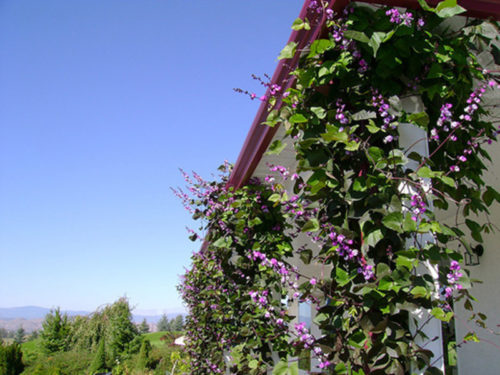
Curly Lilac, Features Seed Growing
It is enough to take a few seeds to get real "thickets" in your garden. Seeds for planting a curly lilac can be collected independently either purchased in a specialized store. To collect high-quality seeds, fully overwhelmed pods are used - "primary", which possess the best germination and high resistance. Seeds must be fresh, in compliance with all the storage rules.
- It is possible to grow a curving lilac can be seeded or directly sowing seeds into open ground.
- The best way is the cultivation of seedlings, since then the curly lilac blooms much earlier and continues to bloom longer. When sowing seeds immediately on the flower leaf, the first flowers appear only by the end of August, the bloom turns out a meager and short, the fruit is formed by little, the seeds do not have time to grow.
- Sowing seeds to seedlings are carried out at the end of winter or at the beginning of spring, but not later than April of the month. Seed seeds in open ground can only be in the end of spring, in warm heated soil.
- Dolichos seeds are covered with a solid shell that impede natural germination, so before sowing them is subject to scarification (violation of the integrity of the shell). For this, the seed shell slightly "thin", wiping it with sandpaper, nail file or piercing a needle.
- After this procedure, the seeds are soaked in cold water for a day, periodically changing water.
Curly lilac, technology growing seedlings
- Sowing seeds is carried out in a general low container or individual cups (you can use peat pills). In the case of the use of peat tablets, they must be predetermined in water and after an increase in size - lay out at each 2-3 seed seed of the curving lilac.
- Capacities are filled with a nutrient soil mixture (from leaf land, peat and sand) with the addition of a small amount of wood ash. You can purchase a ready-made soil substrate in a flower shop. Seeds close in the ground to the depth of no more than 3 cm.
- The planting container is placed in a warm place, with a temperature not lower than +20 0C. In additional lighting, until the first shoots appear, there is no need. The rapid germination will contribute to the creation of a greenhouse effect when the container is covered with glass or film.
- The first shoots appear about 1.5 weeks after sowing. Care of seedlings is regular ventilation (if the container is covered with film or glass) and moisturizing the soil. In addition, growing seedlings need lighting, so the container is transferred to a light warm place.
- In the phase of development of 3-4-centuries, the seedlings of the curly lilac pour. This technique allows you to increase the number of lateral branching shoots.
- To order seedlings should be started from 1-1.5 months of age. It is necessary to do it gradually, taking into account weather conditions. They begin to order the seedlings of the curly lilac from 1-2 hours on the balcony or a veranda, and finish, leaving the seedlings on the street for the whole day and even for the night.
- The grown, hardened and hardened seedlings are planted in an open soil when the soil gets completely and passes the threat of return freezers. As a rule, this period falls on May month.
- When transplanting seedlings to open soil, it is important not to damage the fragile roots of the young Dolichos. To do this, when landing should be fully maintained to preserve the roar of the village of the seedlings.
- The distance between the disembodied seedliness depends on the targeted target: if it is planned to make a thick rolling hedge, the seedlings plant ground, approximately every 20 cm; If it is important to select each bush individually, the plants are planted less often, leaving between the bushes at least 50 cm. Lilac blooms about 3 months after landing.
Curly lilac, care
The curly lilac is an unpretentious plant that needs minimal care and the flow of the flower. The plant is practically not affected by disease and pests and requires only timely irrigation, soil loosening and garter to the support, as Liana grow.
If the wings or caterpillars appear on the shoots of the curving lilac, the plant is treated with appropriate chemicals. With a minor number of pests, folk remedies can be used (for example, garlic or soapy infusions).
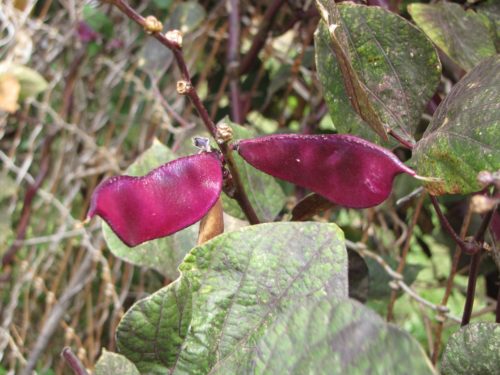
Curly lilac, watering and loosening
- The moisture lilac excellently responds to regular moderate watering, depending on the weather and natural precipitation. Especially important is the systemic watering during the period of active vegetation of the plant.
- The main condition of the right watering is to keep drying and cracking the soil.
- After watering, the priority circle loose to avoid the formation of a dense soil crust. You can climb the section with sawdust.
- When the stalk of Dolichos reaches a mark of 20-30 cm, the bustice is better to glue the earth.
- As weed grass grows around the plant, it should be deleted.
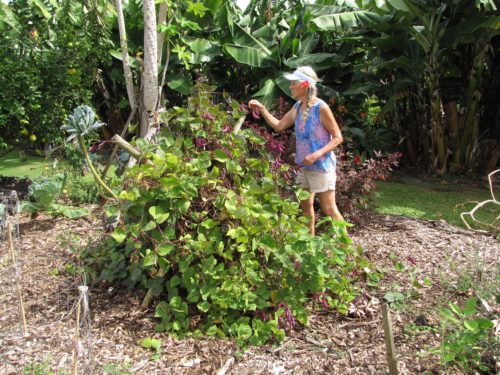
Curly lilac, feeding and making fertilizers
- During the period of active vegetation and rapid growth of Liana, the bush of the climbing lilac should "feed" complex mineral or organic fertilizers.
- When using the organic, the introduction of fresh manure is not permissible. Nitrogen-containing fertilizers should also be avoided. It is better to give preference to complexes containing in large quantities, useful for culture, phosphorus.
- If yellow spots appear on the leaves of Dolichos - it is important to make fertilizers with potassium content.
- Fertilizer's application is carried out at an interval of 2-3 weeks.

Curly lilac, garter
- Lian-like stalk of the curly lilac need a constant direction and tapping to the support.
- If not to tie the shoots of lilac, they will fall and step on the ground, while breaking, lose their beautiful decorative look or tired of a growing plant.
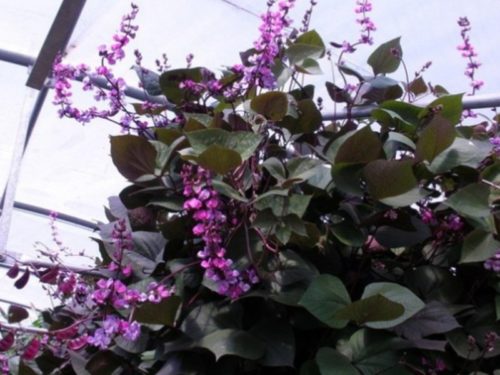
Curly lilac, breeding features
- Annual curly lilac breeds through seeds, which ripen in fruits. Perennial bushes of Dolichos can also be breeded with the help of messengers and cuttings.
- The seeds of lilac ripen in the fall, when the pods are completely caused, and the shoots snap slightly.
- For collecting high-quality seeds, pods are chosen, ripened the most first and have the greatest force for further reproduction of the plant.
- Before sending seeds to storage, they are dried over 2-3 weeks in a dry dark place. Only after the specified time you can clean the dried pods and remove the ripe seeds.
- You can store seeds of the curly lilac to 5 years, after which the percentage of their gentlement decreases sharply.
- After collecting the primary harvest, the stalks of the curly lilac are shortened by half all the length. This technique allows you to stimulate the further active development of the bush and its re-fruitation.
Curly lilac, plant application
- A spectacular decorative plant, a curly lilac, perfectly looks not only in a blooming form, but also in the period preceding flowering when Liana is only developing, and beautiful heart-shaped leaves appear.
- It is specially apparent and original, becomes a bush of the curly lilac during ripening, unusual in color scheme, pods.
- Dolichos easily and quickly wonders any support provided to him, which, when used by use, transforms any landscape. Curly lilac is one of the most popular crops used for vertical landscaping. With this colorful annual unfortunate, you can easily arrange a shadow canopy, decorate the arbor (arch) or to decorate the wall of any structure.

- Combining the curved lilac can be almost with any plants on the plot.
- In addition to street landings, curved lilac can be planted in large pots or vases for balcony landscaping. On time to direct and tapping growing lianas, you can make a balcony or an open terrace at your discretion. In addition, a plant grown in room conditions can be easily saved in winter to decorate the area of \u200b\u200bthe balcony in the spring.
- Long curly lilac patterns are also used on the cut. At the same time, gentle and fragrant bouquets for a long time retain freshness and delight those around their aesthetic appearance.
- The fruits of the curly lilac are not only decoratively attractive, they are still edible and helpful. The beans of the curly lilac are especially popular in Indian cuisine, where they are used as side dishes, hot dishes or a variety of snacks. Beans are perfectly combined with spices, rice, vegetables and seafood.
- The nutritional value of the fruit of the Dolichos is confirmed by the useful for the body, proteins, carbohydrates, fats and minerals. You can eat both delicate green pods and ripe beans - "Beans". The large content of proteins and carbohydrates makes it easy to replenish the body's energy forces, reduce blood cholesterol. To taste, the beans of the curving lilac resemble the pod beans, but more delicate and fragrant. Before cooking "Beans", they recommend to soak in cold water for several hours.
- Another area of \u200b\u200bapplication of the curly lilac is medical. From the fruits of the plant receive agglutinin of plant origin. This substance is used to determine the human blood group. The use of Dolichos as a valuable painful homeopathic remedy is known since the 1850s. In addition, Eastern doctors, apply the decoction of Dolichos beans to restore the operation of the gastrointestinal intestinal tract.
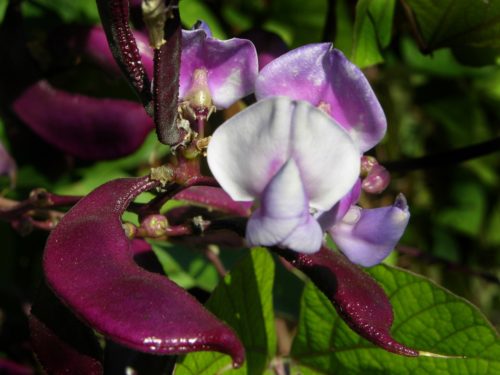
So, landing and care for the curly lilac does not represent special difficulties. Simple agrotechnical measures and timely plant garter guarantees 100% positive result. An unusual spectacular curly flower, undoubtedly, will decorate any garden, flowerbed or a household plot. And together with the beauty, the winner of the "miracle lilac" will be able at the end of the season to collect also a delicious useful crop of beans.


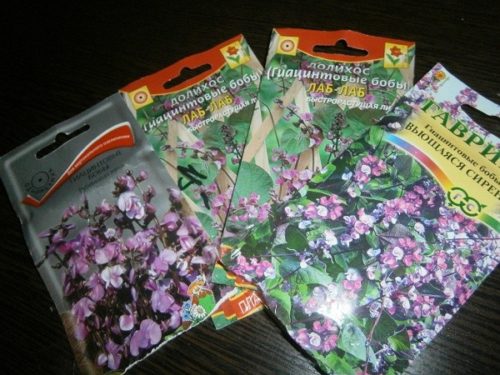
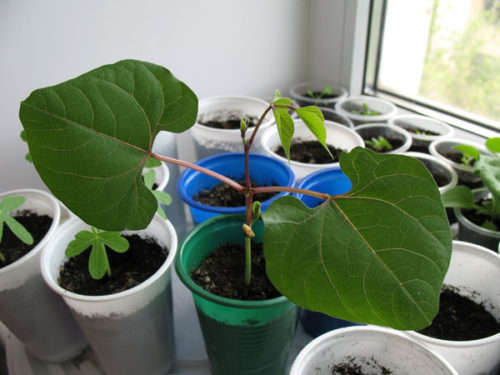
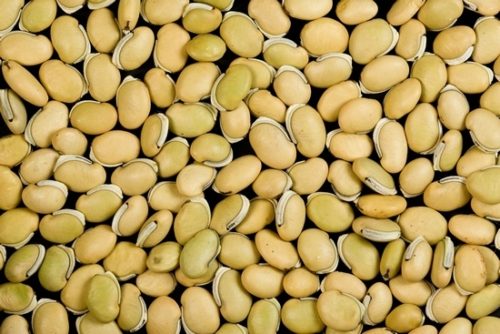
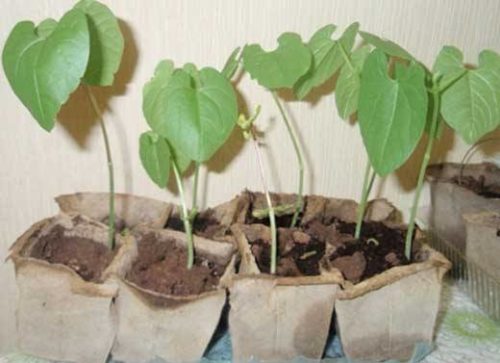
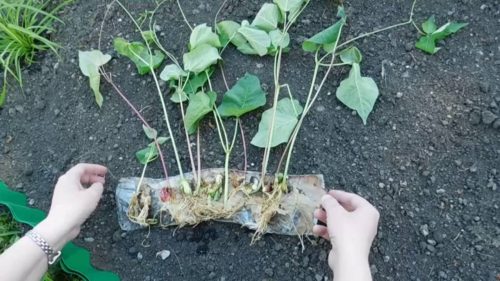
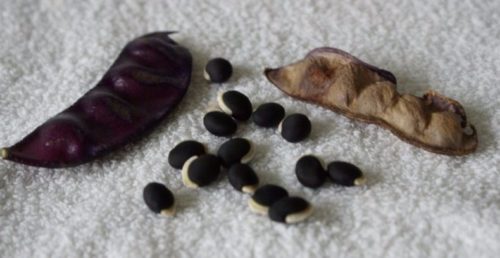
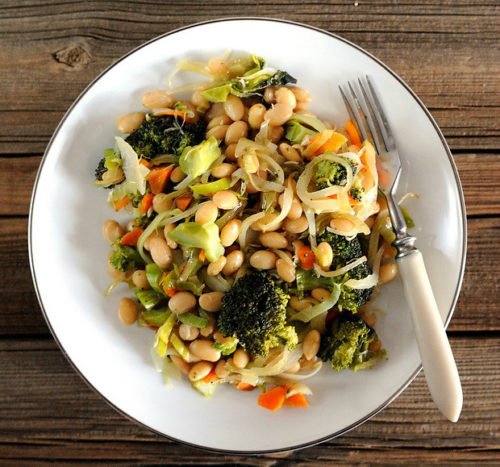
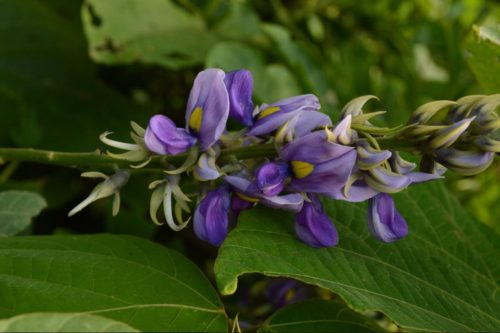
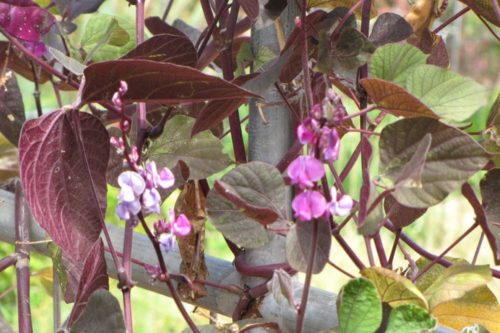

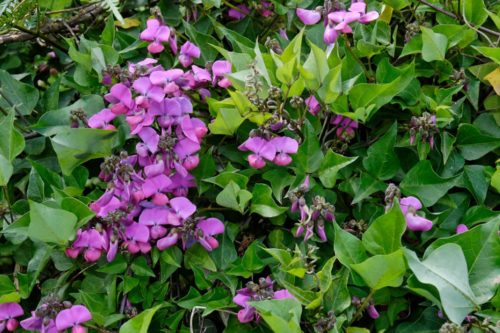
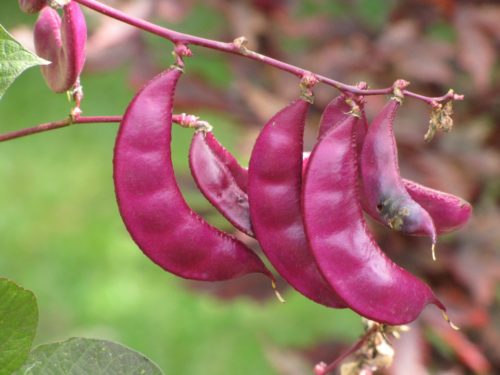
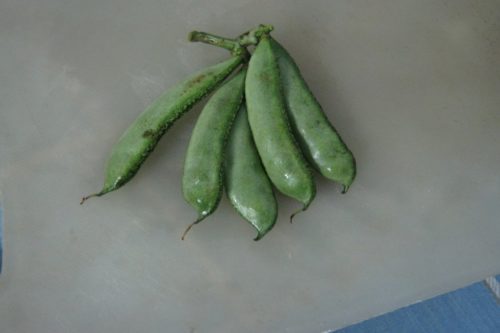
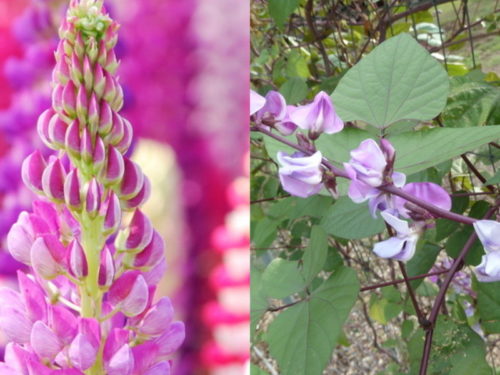
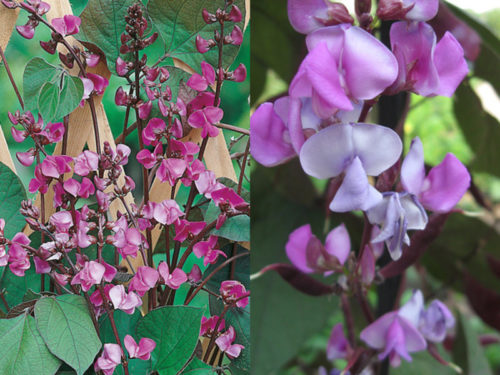
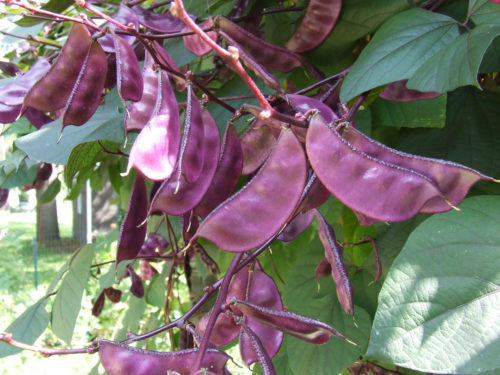













 Start a discussion ...
Start a discussion ...